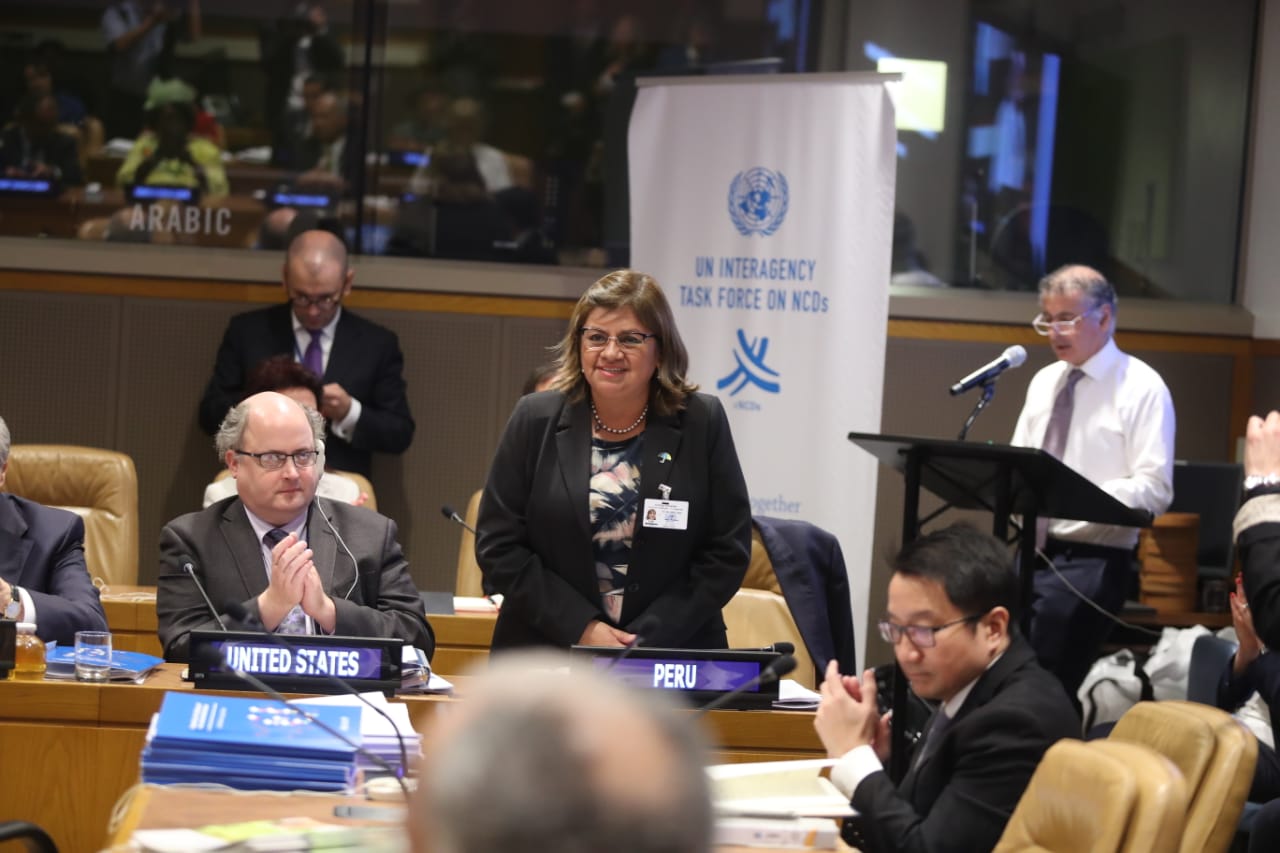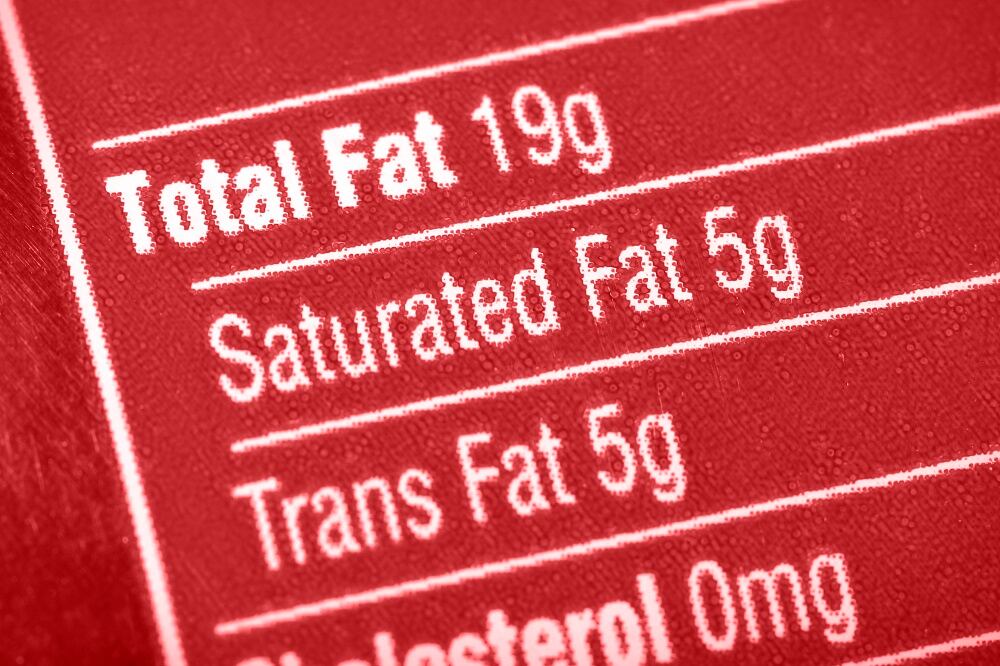According to the study published in Nutrients, Excess dietary sodium intake among Costa Ricans has been on the rise over the past decade contributing to a higher prevalence of high blood pressure (HBP), the leading cause of death among in the country since the 1970s with an estimated mortality rate of 30%.
The Household Budget Survey (HBS) administered in Costa Rica during 2004–2005 and 2012–2013 found that the population sodium intake increased from an estimated 3900mg per person per day to and 4600 mg/person/day.
These levels exceed the World Health Organization (WHO) dietary recommendation of 2000 mg per day (5 g of salt per day).
Dietary sources of sodium in Costa Rica are table salt (60%) and packaged food and condiments (27%), with the remainder coming from foods that naturally contain sodium.
However, there has been a substantial increase in the amount of dietary sodium derived from packaged food over the years, noted researchers.
Packaged food and sodium intake
Researchers analyze the sodium content of over 1,000 packaged food products (mg/100 g) sold in Costa Rica in 2015 (n = 1158) and 2018 (n = 1016) and to assess their compliance with the national sodium reduction targets.
"Having data on the sodium content of packaged food sold in Costa Rica also allows for the creation of national reduction targets to promote reformulation," wrote researchers in the study.
Six categories of food were analyzed: condiments, cookies and biscuits, bread products, processed meats, bakery products, and sauces.
Overall compliance with the national sodium targets among all foods increased from 80% in 2015 to 87% in 2018.
Breaking it down further, a significant reduction in mean sodium content was found in three of the 19 subcategories (cakes, tomato-based sauces, and tomato paste).With the exception of processed meats, which were atleast 15% higher in sodium, all the categories had an increased proportion of foods that met the national targets.
The condiments subcategories had the highest average sodium content, with up to 19,044 mg/100 g as observed with bouillon cubes and powders. The bread subcategories had the lowest sodium content, with sweet and whole grain breads containing 166 and 291 mg/100 g, respectively.
In 2018, cookies and biscuits had the highest level of compliance (95%), while breads had the lowest level of compliance (69%). The greatest improvements were observed among cakes, bread and sauces with a 21%, 17% and 16% percentage point increase, respectively.
"The results demonstrate that it is feasible to reduce the sodium content in packaged foods in Costa Rica, but more work is needed to continually support a gradual reduction of sodium in packaged foods, including more stringent sodium targets," added researchers.
Initiatives to reduce dietary sodium intake in Costa Rica
- In 2010, the Costa Rican Ministry of Health implemented the “Cardiovascular Disease Prevention Initiative through the Reduction of Salt Intake in the Americas” (introduced in 2009 by PAHO/WHO) with a goal of gradually reducing sodium to 2000 mg/person/day sodium by 2020
- In 2011, the “National Plan for Salt/Sodium Intake Reduction in Costa Rica’s Population 2011-2021” was created
- In 2013 the “National Program for Salt/Sodium Intake Reduction in Costa Rica’s Population" was declared of public and national interest
- A goal to reduce sodium intake by 15% and to reduce the prevalence of HBP by 25% was established as part the “National Strategy for the Integral Approach to Chronic Non-Communicable Disease and Obesity, 2013–2021,” under the National Plan. A key component of this plan is to reduce sodium in the food supply.
What comes next?
While progress has been made by the packaged food industry in Costa Rica, more work is needed to increase the amount of products that either meet or fall below the country's national dietary sodium standards, said researchers.
"The actions taken by the food industry to introduce a variety of lower sodium products are recognized, but it remains necessary to continue to increase their availability and accessibility to the consumer," wrote researchers.
"There needs to be a progressive and continuous effort to reduce sodium among all of the sectors involved, and the successes and challenges of these efforts should be monitored. For many of the large food companies with sodium reduction programs, voluntary targets as a first step may not require significant efforts."
Source: Nutrients
2019, 11(9), 2226; https://doi.org/10.3390/nu11092226
“An Evaluation of the Sodium Content and Compliance with the National Sodium Reduction Targets among Packaged Foods Sold in Costa Rica in 2015 and 2018”
Authors: Jarirza Vega-Solano et al.




